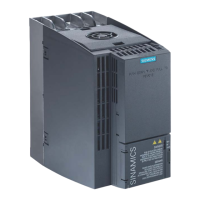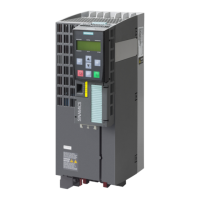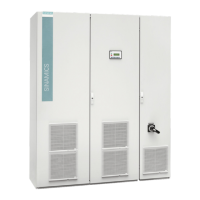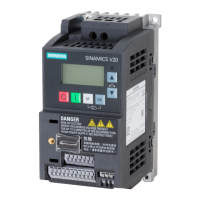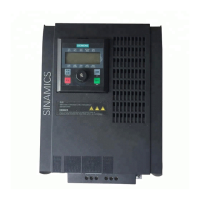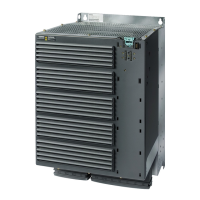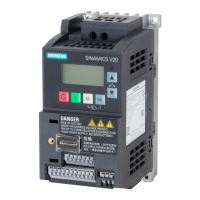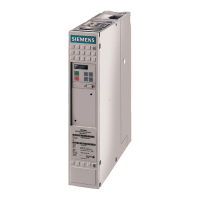Installing
4.3 Installing Power Modules
Inverter with CU230P-2 Control Units
54 Operating Instructions, 11/2013, FW V4.6.6, A5E02430659B AG
Power distribution systems
The inverter is designed for the following power distribution systems according to EN 60950.
In a TN-S system,
there is always a
separate conductor as
neutral or protective
conductor.
In a TN-C-S system,
the functions of the
neutral conductor and
the protective
conductor are
combined.
In a TN-C system, the
functions of the neutral
conductor and the
protective conductor
are combined in one
single cable
throughout the
complete system.
In a TT system, one
point is directly
grounded. The
accessible, conductive
parts of the plant or
system are grounded,
so that they are
electrically
independent of the line
An IT line supply does
not have any direct
connection to ground.
Instead of this, the
accessible parts of the
electrical plant or
system are grounded.
Operating a PM330 Power Module on a non-grounded supply system (IT system)
When you operate a PM330 Power Module on an IT system, you must open the connection
to the basic interference-suppression module prior to commissioning the Power Module. You
will find details in the hardware installation manual for the Power Module.
Danger of death caused by high leakage currents when the external protective conductor is
interrupted
The inverter conducts high leakage currents > 3.5 mA via the protective conductor. When
the protective conductor is interrupted, touching live components can result in electric
shock, which can lead to death or serious injuries.
• Connect a protective conductor, which satisfies at least one of the following conditions,
to the inverter:
– The protective conductor is routed so that it is protected against mechanical damage.
Cables routed in control cabinets or enclosed machine enclosures are considered to
be adequately protected.
– The protective conductor routed as an individual conductor has a cross-section of
≥ 10 mm² Cu.
– In a multi-core cable the protective conductor has a cross-section of ≥ 2.5 mm² Cu.
– Two parallel protective conductors with the same cross-section are installed.
– The protective conductor corresponds to the local regulations for equipment with
increased leakage current.
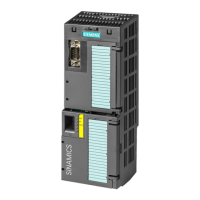
